In program and portfolio management, it is vital to master risk management for executing strategy and protecting capital. At the core of this is the comprehension of the process for managing risks in project portfolios ensuring that companies are able to achieve their strategic objectives through meticulous planning, identification, analysis, and control of possible harm. But what are the effective ways of managing and mitigating program and portfolio risk management strategies which correspond to organizational objectives as well as maximize the value of a portfolio?
Right to the point, this post reveals approaches you can use in confronting potential dangers head-on using Real life examples from various sectors about managing risks in programs and projects well. Such an approach, through integrating both project portfolio and project risk management enables the construction of a far more solid foundation for your project against uncertain risks it might encounter thereby making sure you do not include irrelevant points while still being informative enough.
Key Takeaways
- Portfolio risk management transcends individual project risks and requires a strategic approach that aligns with an organization’s broader objectives. This approach involves establishing portfolio risk management processes, which include identifying, analyzing, responding to, and controlling risks to effectively manage potential threats and ensure the portfolio achieves its business objectives.
- A robust risk management strategy for portfolios and programs involves establishing risk tolerance, identifying and assessing risks, and implementing targeted risk responses that align with organizational objectives. After implementing targeted risk responses, it’s crucial to integrate portfolio risk management strategies to proactively manage risks and develop strategies to mitigate them, leveraging tools like risk matrices, dashboards, and software solutions.
- Effective risk management significantly impacts the overall value and success rate of a portfolio by enabling proactive risk mitigation, strategic resource allocation, and informed decision-making, all of which are critical to achieving strategic goals and enhancing risk-adjusted returns.
Understanding the Scope of Risk in Portfolio and Program Management
In the sphere of investment, the risk is a multifaceted notion encompassing several fronts. At the very heart of it is stand-alone risk, which gauges the chances of losing that are particular to a given asset. Stand-alone risk basically refers to the danger an investor faces when he/she commits to one asset class without looking at advantages from diversification. As we get into portfolio management, understanding and managing risks get more difficult.
The risk of a portfolio involves putting together a lot of different kinds of assets in order to earn returns that are possible while at the same time reducing the overall possible danger that comes with having un-diversified holdings. Diversification is great because you can hatch off total risks by advancing more resources into a project hence enabling investors see what they could lose from trading in variance terms worldwide.

The change from single project units into a collection of projects has a meaningful effect in risk perspective. Portfolio constituents do not only consider project specific issues but also look beyond at events which hinder the achievement of strategic goals set by the higher-level people involved in team formation.
Portfolio Risk Management & Strategic Alignment
It’s important to manage risks in your portfolio as it requires alignment with top level org’s strategic plans and significant stakeholders’ involvement. Managing the information about different projects’ risks within the entire project level can be compared with lighthouse – it shows the way but doesn’t intrude into projects themselves. So when compared to specific projects, this is even more important because of being marked off from projects in terms of its objectives.
Awareness building and management of potential risks within portfolio may lead to a much wider perceivable area for risks related to particular projects. That is why investors who want maximum return at minimum risks should consider portfolio management as it’s applicable here.
Further Reading: Risk Management: Ultimate Guide to Navigating Uncertainties
Crafting a Robust Portfolio Risk Management Strategy
A comprehensive approach to determine, scrutinize, handle, follow up on, and inhibit risks as a great portfolio risk management strategy is important. It is always important to make a risk management strategy match with the strategic business aims of an entity and maintain unity across all parts of a portfolio.
An effective portfolio risk management plan consists of three main components: setting up a clear portfolio risk tolerance, recognizing and assessing underlying risks in the portfolio, and implementing successful risk management strategies.
Setting clear limits for acceptable levels of funding or operational risk will make sure that objectives are always kept in check by looking at the bigger picture. This involves identifying and analyzing potential hazards within an organization like changes in the economy which have an effect on an individual firm (like dropping stock prices).

Projects that are not profitable enough due to low quality execution either through substandard workmanship or delays caused by inadequate plans being drawn up – which could be addressed by various proactive actions involving use of certain strategies among several choices as seen fit when it comes to making adjustments to asset mix, changing capital terms among other things.
Defining Portfolio Risk Tolerance
Portfolio risk tolerance determines the degree of variance an investor can handle when it comes to going through with investing. This then plays an instrumental role in influencing prioritization and decision-making in regard to risks.
Several steps are followed by organizations in establishing their level of portfolio risk tolerance , first, they identify their limit for acceptable risks, and then they define a clear appetite for those risks to guide mitigation strategies and actions. Effective portfolio risk management includes determining the amount of risk that each project poses individually as well as its financial and exposure profile for holdings in general.
Assessing portfolio risk tolerance necessitates a thorough examination of the particular risks associated with individual projects/programs and their effects on the financial health and vulnerabilities of the entire portfolio. Understanding what the company is willing to accept about various project risks or severity informs good decisions on which ones should form part of a bigger business’ investment in terms of broader assets.
Identifying and Assessing Portfolio Risks
To start managing project portfolio risk, stakeholders from executive leadership together with the project management team should identify dangers associated with it. These “treasures” might include you being faced complexity wise when it comes down to each project, technical challenges encountered during executions as well as lack of resources throughout the whole portfolio. By effective implementing Management processes on risks will help in mitigating them so that they do not threaten outcomes at large.
Once possible risks are established, it is important to fully evaluate them. This process entails assessing their probability and consequences in terms of the project portfolio which includes market risk; interest rate risk; inflation risk or credit risk.
Portfolio Risk Valuation
To help in doing this, valuing risks are created depending on some specified factors for each project. These valuations are intended to enable comparison among various grades of risk as well as decide the risks extent in the entire portfolio.
When one is to assess major dangers, Risk Matrix becomes an essential point tool. It is like a grid which helps in evaluation of variables such as probability and severity that are applicable to some unique risks across all projects in an organizational context. This provides insight into the relative weaknesses in the area of all resources once these risks have been identified.

It can be clearly seen that effective project portfolio risk management begins with identifying all potential risks accurately. Evaluating each possible risk in terms of its probability and impact is the next important step. Using precise rating systems, such as created scores, together with visual tools like Risk Matrices makes it possible to fully understand the narrowed risk spectrum affecting performers in a specific task.
These key components’ tracking during project implementation is important for upholding a competitive pace and implementing reusable guidelines. Also setting up controls can prevent any challenges.
Implementing Effective Risk Responses
The subsequent course to take after spotting and assessing dangers is to roll out working hazard control measures. It is basically following planned programs for handling all areas of pinpointing, discerning, and judging particular venture and stockpile risks so that they can be dealt with suitably. Partial approaches towards these dangers include adoption, evasion, shifting, reduction besides leveraging else exchanging on them the areas they present themselves.
Risk management should guide these ways of responding by addressing both threats and opportunities. It will be necessary to plan a number of concrete actions whose main purpose is to reduce possible damage factors and at the same time get ready for such events in case they happen. In addition, exploitation strategies may help in realizing some advantages from taking risks with good prospects. They serve as tools that help in lessening probabilities related to natural calamities or else easing their effects.
For managing portfolio risks effectively, a structured approach, detailing action steps that could help evade negative events and taking care of harnessing advantageous scenarios becomes imperative. Interventions well thought out interventions not only reduce the likelihood of harm occurring but also its magnitude by interfering with cause-and-effect pathways linked with engagements we pursue at projects basis level. Ultimately, risk management methodologies typically monitor classes of optimistic architectures vis-á-vis pessimistic facts. It is important to note that there are always two sides to everything; therefore, owning up for all the sides creates confidence in the perception of flows.
The Role of Program Risk Management
Risk management is a very important component of program management as it sets guide rails for project managers to realize program objectives in place. It’s an organized way that includes spotting and dealing with possible dangers that’s why preventing interruptions while ensuring prosperous results. Just as ships have to change their directions in different sea circumstances, it needs constant readjustment of risk management strategies depending on alternate external environment and organization goals which improve its performance.

Through past experiences and historical project data, it is possible to enhance the risk management plans hence increased rates of success for forthcoming projects. The scenario is similar to using last errors as an eye opener towards a suitable forthcoming destination. Effective program risk management should be viewed as an ongoing learning and therefore improvement continuum.
Further Reading: Mastering Risk Management Plan: Essential Steps For Leaders
Integrating Risk Management Across Projects and Portfolios
It is important to note that uniformity is crucial when managing project and portfolio risks. This is true in terms of risk management processes that are applied across all parts of this portfolio just as it is the case with every single instrument playing harmoniously within orchestra. In order to move towards achieving this goal, we are going to consider:
- The synchronization of risk management procedures
- Utilizing organizational data for analyzing risks
- Creating a culture that promotes proactive risk management.
Harmonizing Risk Management Processes
Coordinated framework is necessary for effective risk management in projects and business transactions. To do this, potential hazards must first be identified, graded according to how possible they are and their effects, then ranked with diverse methods of scoring risks. A centralized storage place for all risks created ensures that there will be uniformity in the methods used by various projects during operation. For effective risk management strategies that meet the objectives of the entire department, risk management strategies must be aligned with departmental objectives through cross functional committees.
In order to easily talk about how different risks inside a company’s portfolio depend on each other and rank them according to importance for reaching long-term goals. Dashboards and other visualization tools are very helpful in this case. These graphic representations act like planetariums displaying stars of possible dangers in the sky. They help top managers understand things happening around them and make better decisions which in turn support the business strategy right from the start.
Leveraging Organizational Data for Risk Analysis
In this digital era, data is crucial for the functioning of organizations. One valuable resource is historical project data which plays a vital role in:
- Identifying repeated problems
- Recognizing trends and patterns
- Predicting potential risks
- Developing effective strategies to mitigate risk.
Predictive analytics utilize insights from past information to anticipate issues, facilitating proactive management of risks in new projects.

Qualitative and quantitative techniques are applied in risk assessment with the help of thorough audit trails and integrated communication systems, which establish a single source of truth, decrease uncertainty and link risk management to organization goals. Through these programs, managing portfolio risks is simplified through the use of live statistics that prompt a holistic way of dealing with such dangers.
Building a Culture of Proactive Risk Management
Building a strong risk management culture is like laying the foundation for a sturdy building. This involves:
- Leadership dedication to prioritizing risk awareness
- Encouraging open communication about potential risks
- Regular and clear dissemination of information on risks, their likelihoods, impacts, and actions taken to mitigate them
Maintaining transparency in the risk management process is crucial.
Employees become responsible while developing proactive practices when they identify hazards and participate in controlling them. Recognizing groups or individuals that deal effectively with danger can make this mindset more common among the workers while at the same time ensuring that the best practices are used throughout an organization.
Tools and Techniques for Portfolio and Program Risk Management
A variety of tools and techniques are at the disposal for effective risk management in portfolio and program contexts. These options encompass:
- Risk matrices as well as dashboards that aid in assessing risks and facilitating communication
- Scenario planning along with stress testing
- Software solutions specifically designed to manage risks
Let’s take a closer look at each of these methods.
Risk Matrices and Dashboards
In managing risks throughout a portfolio, risk matrices become indispensable. They present a visual representation concerning the possibilities that exist within any risk occurrence which will assist in prioritizing different risks and planning effective responses ahead of them. Through the use of dashboards as well as visualization aids like portfolio risk gauges, one might combine individual project risks into an integrated whole that could be understood by stakeholders hence facilitating their judgment.
Risk matrices are built into existing risk management processes to ensure effective handling of diverse threats which fall in line with company goals. The employed use of matrices plus visualization aids for example dashboards assists the portfolio managers in conveying complex interconnections between different risks types effectively, prioritizing on how they manage them and actively preventing future problems which may arise within the pursuit for strategic goals.
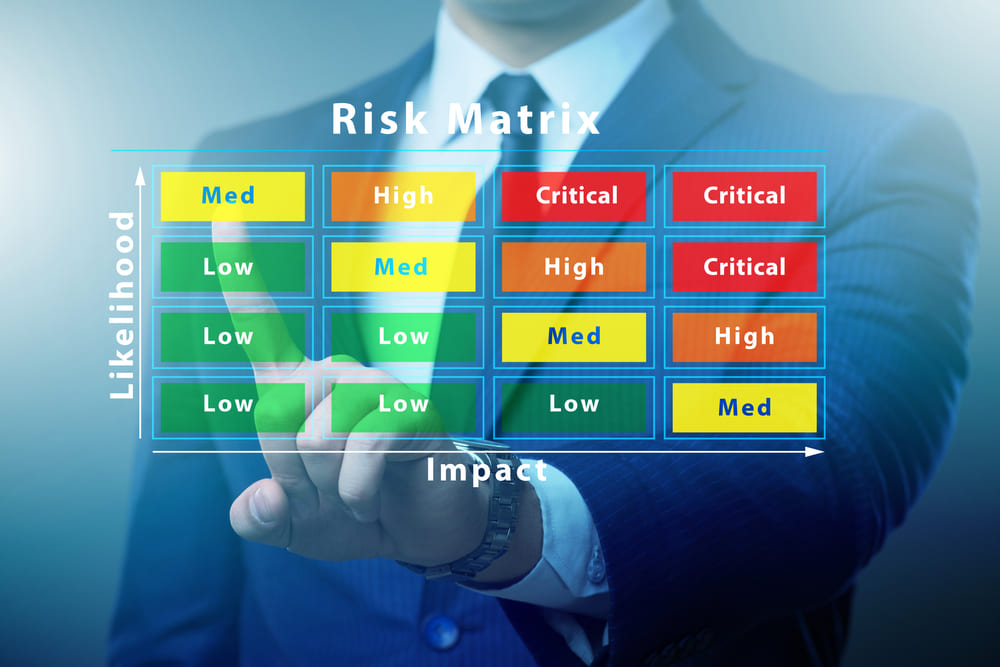
Scenario Planning and Stress Testing
Facility managers may opt to use evaluation processes, termed forecasting and tension testing as analogous to rehearsing for a theatrical production so as to explore in advance various potential threats that might emerge. These techniques seek to balance various needs such as statistics, sensitivity studies or the like of risks with a view to minimizing their impacts before they occur.
Including scenario planning and external benchmarking in a company’s way of doing things encourages a transparent risk management culture that allow one to be more aware and prepared for the possible dangers. This is because they can be able to have a full view of their liquidity position alongside the capital they have vis a vis certain growth opportunities by using current risks analytics.
Software Solutions for Risk Management
In today’s world, software solutions play a vital role in the effective control of hazards in portfolios and programs. Acuity PPM for Project Portfolio Management for example gives an organization a chance to track its projects’ performances, create strategic roadmaps showing how various requests would be addressed, and identify which requests should be considered first thus addressing potential risks. For instance, modern resource management tools such as competency matrices used by managers who plan for people that may leave the company soon or capacity planning tools that help predict future company’s needs or even conduct scenario analysis, all aid in managing risks entirely.
With this software, aggregating scores across projects into one portfolio view can improve risk management and provide clear visibility of all risks related to them. Consequently, businesses can accurately measure potential risks and comprehend their influence on corporate objectives through the use of risk modeling tools.
Further Reading: Best Alternatives Of Microsoft Project: For Streamlined Project Management In 2024
Measuring the Impact of Risk Management on Portfolio Value
The effectiveness of managing risk can be determined by its impact on the value and returns adjusted for risks in a portfolio. Besides safeguarding investments, efficient risk management is crucial for meeting strategic objectives and enhancing the overall worth of the portfolio. To assess how well a portfolio compensates investors against undertaken risks, measures like Sharpe ratio, information ratio, and Treynor ratio play an important role in evaluating return rates. Highlighting the importance of strong risk management strategies.
But, traditional measures like use of tools such as Portfolio Risk Gauge or plotting the results on a bubble chart representing relationship between asset values versus potential hazards embedded within them are also visual aid to ensure proper supervision over both–prospectively negative tradeoffs posed with unfavorable factors impacting associated assets- but also, to amplify actual value gaining prospects abound from rewards derived amidst adverse circumstances as well.
Navigating Complex Interdependencies in Portfolio Risk
The complex interdependencies management process when it comes to portfolio risk management is like working on the jigsaw puzzle. Such assessment should be conducted with close attention being paid to both direct and indirect linkages among risks for they might uncover unanticipated weaknesses or opportunities of the scrutiny of an organization. Project Interdependency Management (PIM) process is a structured approach employed to manage project interrelations, making sure that the linked projects are implemented successfully and in line with the agreed constraints such as scope, time, and budget.
It is of great importance to when managing portfolio risks, to think about internal and external dependencies such as resource allocations, technology usage and so on.
Product requirements, and market activities. The outcomes of the project are greatly affected by these factors. Secondary risks should also be considered when implementing risk responses. This requires other risk mitigating strategies that address the new set of emerging risks rather than just using the general risk management guidelines.
Strategic Allocation of Resources for Risk Mitigation
The allocation of resources for risk management may be likened to balancing weights on a vessel. Different risk tolerance levels will require different budget allocation for contingency plans in the portfolios. This also guarantees that the resources will be enough to mitigate the risks that are posed by diverse portfolios.
Dynamic approach in tactical asset allocation enables investors to switch from overvalued to the undervalued assets or vice versa according to the valuation either favorable or unfavorable. This strategy allows portfolio risk to be successfully controlled since in cases when investment assets are overvalued, cash positions can be increased thereby protecting against bear markets. Assessing portfolio stress levels could mean tracking resource teams’ utilization rates as a sign of possible risks associated with resource capacity. To safeguard total portfolio value, identifying potential hazards including shortages, scheduling conflicts, sudden drop-offs in productivity, acute absenteeism, underutilization of resources, and critical dependencies is very critical.
Optimizing Decision-Making with Portfolio Risk Information
Risk analytics in real-time and predictive analysis play an important role in improving decision-making process for the purposes of managing the portfolio risks. They allow portfolio managers to get instant picture of the firms’ risk profile which helps them to act quicker and in a knowledgeable manner. Access to current risk data permits financial organizations to identify potential weaknesses and control the flow of information effortlessly and ensure it’s correctness.
Real-time risk information use can change decision-making from pure intuition or old data to decisions with analytical predictions from live data streams. Through the use of PPM software, predictive analysis is enhanced leading to optimized resource allocation, effective risk management within the portfolio and improved project selection, all working together to making sound business decisions.
Summary
To summarize, control of risk in projects and programs is one of the vital success factors in the current market conditions. The steps involved in this journey are critical, right from understanding the extent of the risk to building impervious management strategies, to linking the management of the risk across the projects and portfolios, to utilizing the organizational data for the risk analysis. While we manage intricate interdependencies, allocate resources strategically, and make decisions based on real-time risk data, we not only improve our portfolios but also our organizations’ resilience.
Frequently Asked Questions
What is risk management in portfolio management?
The management of portfolio risk involves the mechanisms by which potential risks associated with a collection of investment are recognized, evaluated, and reduced to achieve a balance between risk exposure and return on investments. This approach is customized around adapting to the financial objectives desired by the investor but considering his risk tolerance level.
What is the role of risk management in program management?
In program management, risk management is a key element in that it helps to predict and to provide for potential risks before they develop into issues. This helps in taking the right decisions and in averting the possibility of issues. The risk identification, categorization, and planning process are initiated at the start of the program planning and is carried out throughout the life of the program.
What is the difference between program management and portfolio management?
Program management is concerned with management of a linked series of projects whereas portfolio management is concerned with the management of all the projects and programs in an organization to ensure alignment with the organization’s overall objectives. Program management focuses on the budgeting and risk at the program level, but portfolio management considers not only the current program budgets and risks but also those that may come out in the future initiatives.
What is the purpose of the standard for risk management in portfolios programs and projects?
The purpose of the standard of portfolio, programs, and projects risk management is to improve the chances of good events and to worsen the likelihood of bad impacts in order to integrate risk management into all key management areas. This is an important way of preserving the value of the portfolio and integrating risk management with all management areas.
What is the difference between stand-alone risk and portfolio risk?
Single-asset risk denotes a probability of loss of an individual asset while portfolio risk deals with diversifying risks through investments in a number of assets. That is, while stand-alone risk is associated with the potential loss of one individual investment, portfolio risk is concerned with the control and minimization of general risks through diversification.
Diversification of one’s investments is imperative in cutting down portfolio risk. Instead of being completely dependent on one investment, by allocating funds to different assets individuals can reduce their risk of any particular financial threat or market downturn that could damage their financial strength.


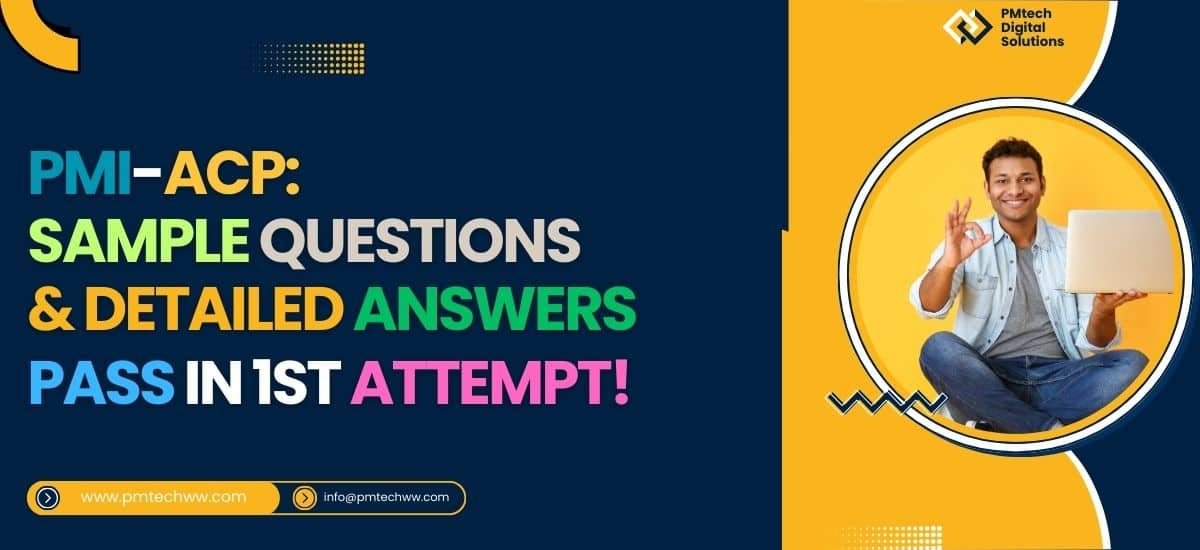
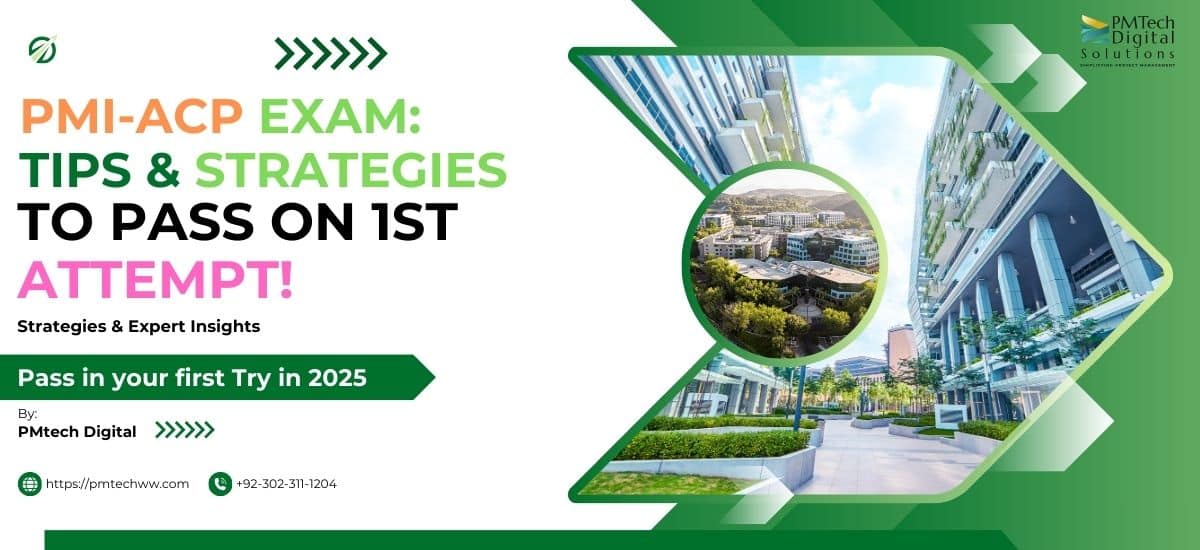
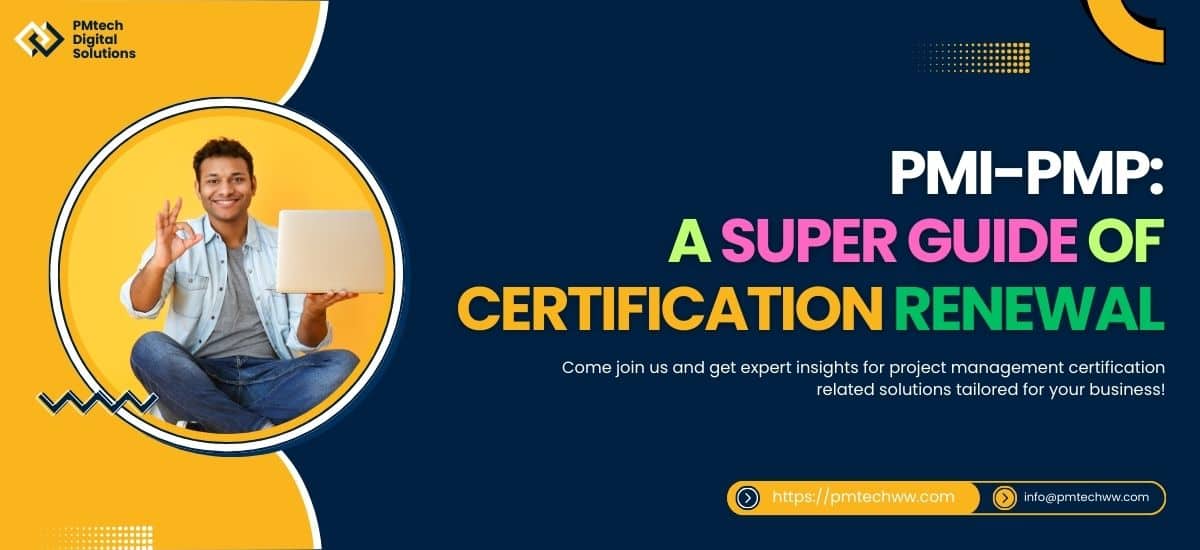
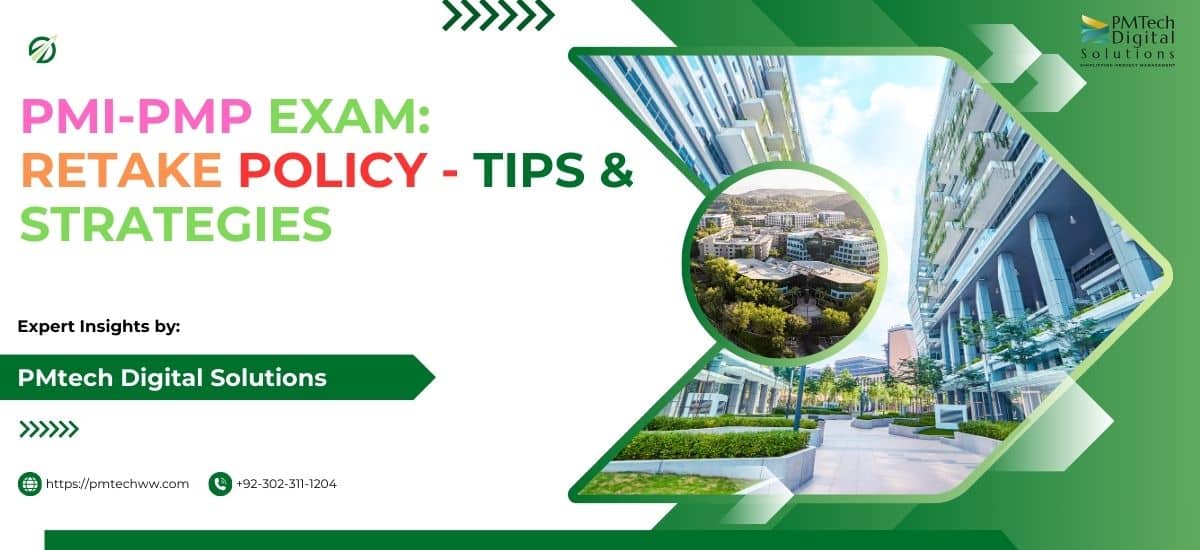
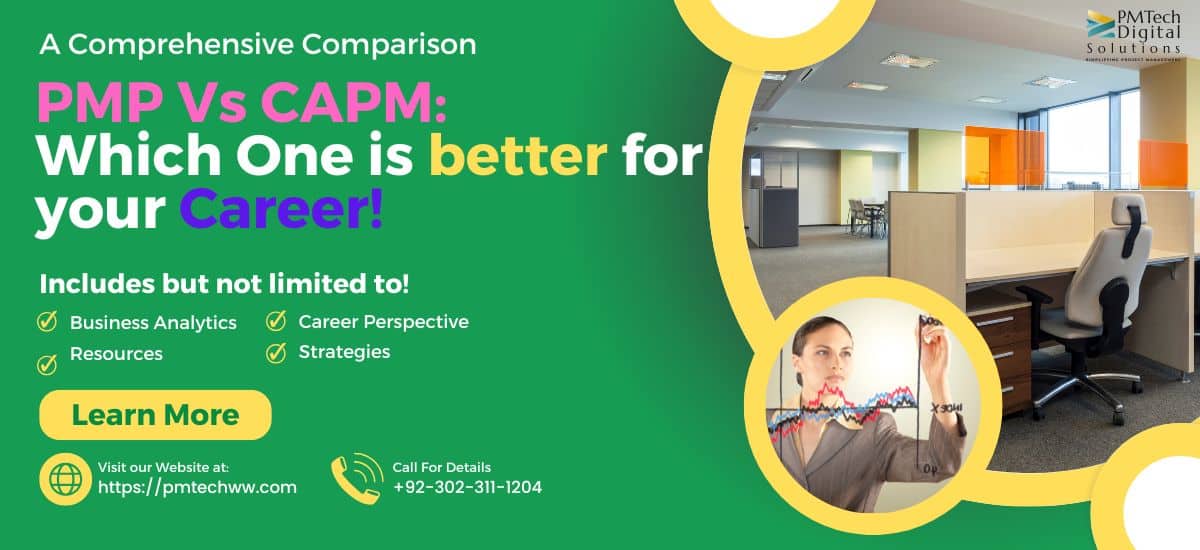



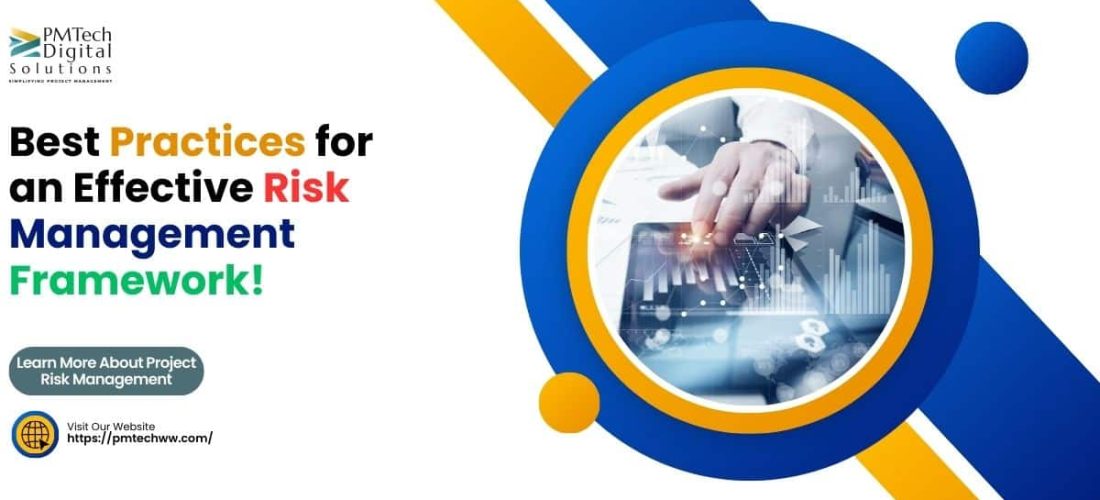

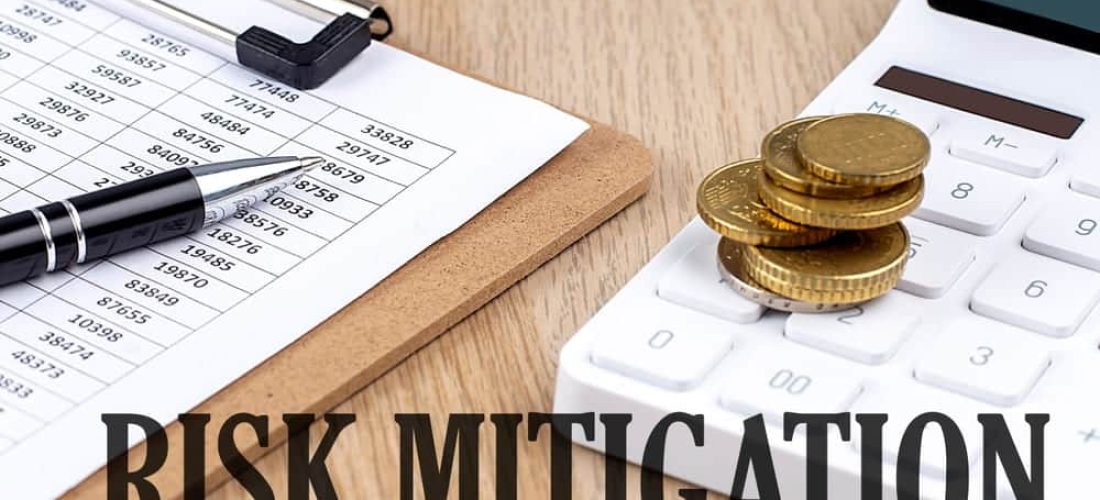
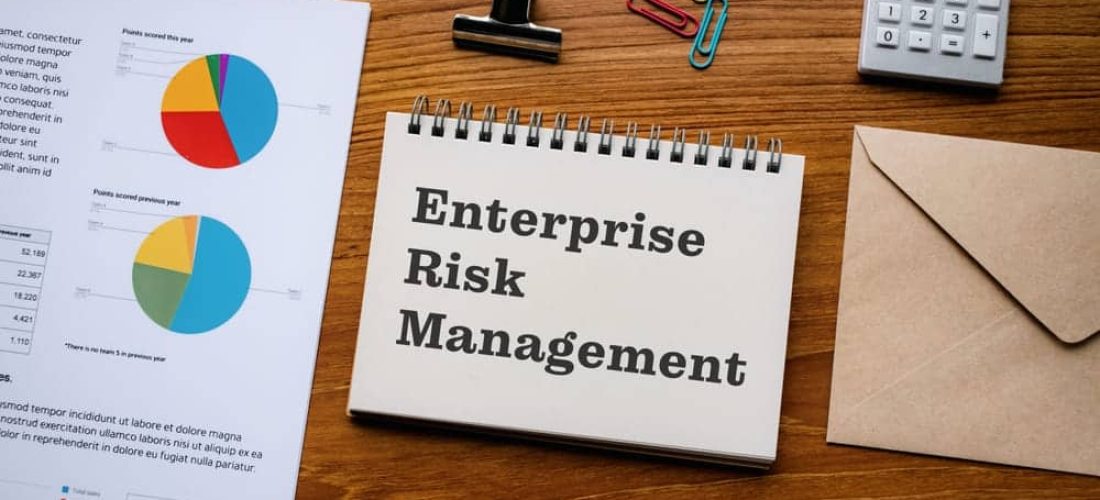

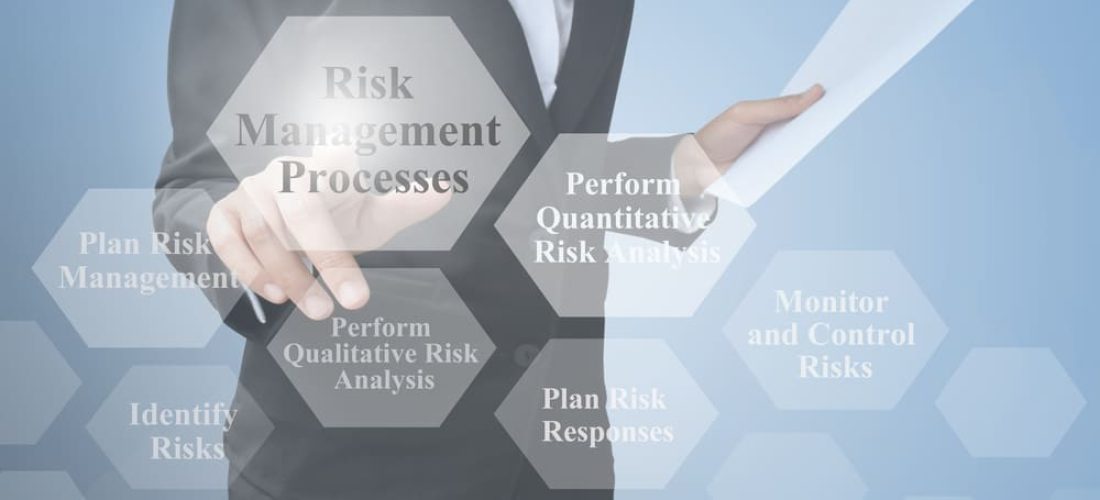
19 Responses
Your point of view caught my eye and was very interesting. Thanks. I have a question for you.
Your article helped me a lot, is there any more related content? Thanks!
Thank you for your sharing. I am worried that I lack creative ideas. It is your article that makes me full of hope. Thank you. But, I have a question, can you help me?
Thanks for sharing. I read many of your blog posts, cool, your blog is very good.
Your article helped me a lot, is there any more related content? Thanks!
I don’t think the title of your article matches the content lol. Just kidding, mainly because I had some doubts after reading the article.
This brought real value to my day.
Thanks for sharing. I read many of your blog posts, cool, your blog is very good.
Just what I was looking for.
Impressive clarity and structure.
Hey there, I think your site might be having brower compatibility issues.
When I look at your blog site in Opera, it looks fine but when opening in Internet Explorer, it has some overlapping.
I just waanted to give you a quick heads up! Other then that, great blog! https://glassi-freespins.blogspot.com/2025/08/how-to-claim-glassi-casino-free-spins.html
Thank you for your sharing. I am worried that I lack creative ideas. It is your article that makes me full of hope. Thank you. But, I have a question, can you help me? https://www.binance.info/en-IN/register?ref=UM6SMJM3
I don’t think the title of your article matches the content lol. Just kidding, mainly because I had some doubts after reading the article. Registrera
Thank you for your sharing. I am worried that I lack creative ideas. It is your article that makes me full of hope. Thank you. But, I have a question, can you help me?
Can you be more specific about the content of your article? After reading it, I still have some doubts. Hope you can help me.
Thank you for your sharing. I am worried that I lack creative ideas. It is your article that makes me full of hope. Thank you. But, I have a question, can you help me?
Your article helped me a lot, is there any more related content? Thanks!
I started taking https://www.cornbreadhemp.com/products/cbd-sleep-gummies a little while ago ethical to observe what the hype was prevalent, and fashionable I truly look forward to them before bed. They don’t finish me escape or anything, but they generate it so much easier to depress and fall asleep naturally. I’ve been waking up perception feature more rested and not sluggish at all. Even-handedly, description of wish I’d tried them sooner.
I’ve checked out pgasia, and it is working just fine and it is smooth to play on it. I believe you will love it. Look here pgasia